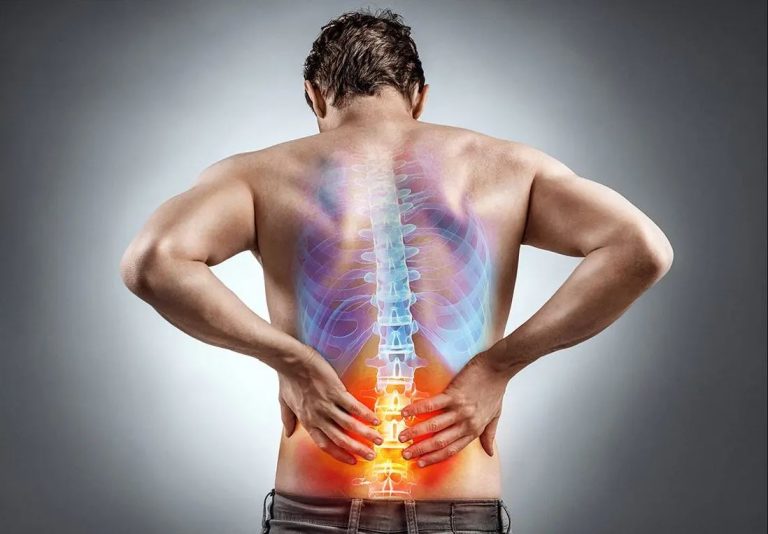Chronic pain is pain that lasts for more than three to six months, differing from acute pain, which typically signals an injury or illness and subsides with healing. Chronic pain can persist long after the original cause has resolved. Common types include lower back pain and neuropathy. Here is some information about the causes, types, and treatment options available to manage this condition effectively.
Understanding Chronic Inflammation
Chronic inflammation is a long-term immune response that can last for months or years, often contributing to chronic pain. It not only affects specific areas but can impact neighboring systems, leading to various health issues. Pain caused by inflammation can result from repetitive injury, environmental triggers like pollution or allergens, or autoimmune conditions such as rheumatoid arthritis or lupus. Unlike acute inflammation, which helps the body heal, chronic inflammation and the pain it causes can damage tissues and organs over time. Researchers continue to explore the connection between inflammation and chronic pain to develop better management strategies and improve quality of life.
Making Lifestyle Changes
Simple lifestyle changes can help ease physical discomfort and improve overall well-being. Regular exercise, guided by experts like physiotherapists or trainers, improves mobility and reduces stiffness. Adding gentle activities such as yoga, swimming, or stretching can be very effective. Balanced nutrition also plays a big role. Eating foods rich in omega-3s, antioxidants, and fiber can help reduce inflammation and support healthy joints.
Everyone’s needs are different, so it’s best to work with your healthcare provider to create a personalized plan that fits your goals and concerns. Taking a holistic approach can improve your quality of life and help manage discomfort. Regular check-ins and open communication with your provider will confirm the plan stays effective over time.
Managing Chronic Pain
Chronic pain management offers a variety of clinical and non-clinical options to improve quality of life. Non-clinical methods often focus on holistic approaches. These include cognitive strategies like mindfulness, meditation, and relaxation techniques. Breathing exercises can also help reduce stress and improve pain tolerance. Physical rehabilitation, such as gentle exercise and stretching, may enhance mobility and reduce stiffness over time.
Treatment options include professional physical therapy, which focuses on specific pain areas to improve strength and flexibility. For more severe cases, doctors may prescribe medications like anti-inflammatories, pain relievers, or nerve-targeting drugs. Newer solutions, such as nerve blocks, spinal cord stimulation, and regenerative treatments, are also being explored to provide long-lasting pain relief.
Researchers are exploring new options for pain management. By blending traditional methods with new technologies, pain management is becoming more personalized. This helps meet individual needs and provides lasting relief.
Seek Professional Guidance
Consulting healthcare professionals provides insights and guidance for managing chronic pain and inflammation. These experts develop treatment plans tailored to each individual’s specific needs and circumstances, offering a targeted approach. By working with healthcare teams, individuals access scientifically backed solutions, including medication, physical therapy, lifestyle adjustments, and alternative therapies. This comprehensive approach addresses symptoms while focusing on improving overall well-being and quality of life over time.
